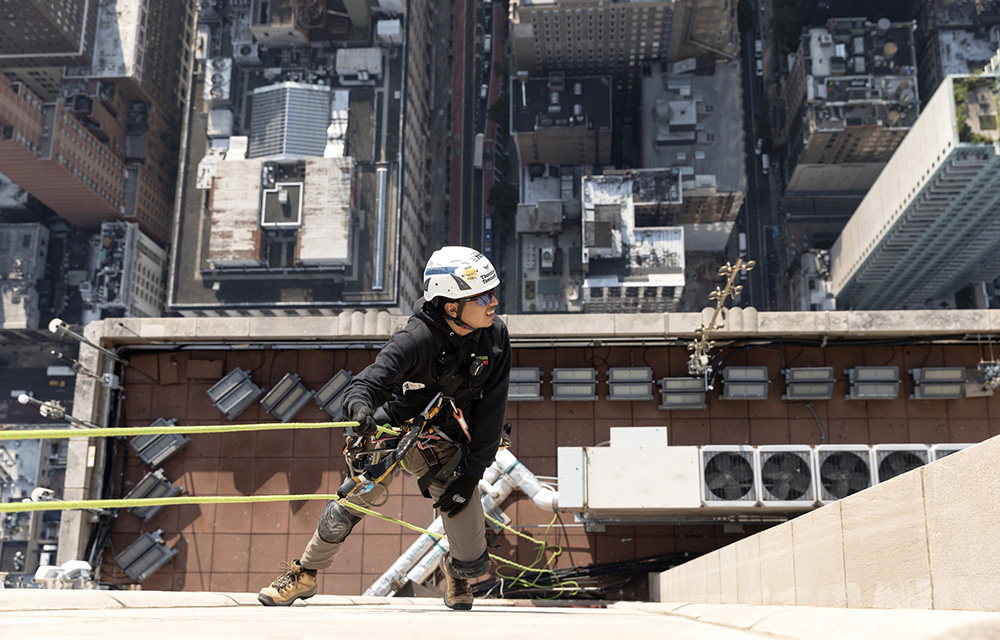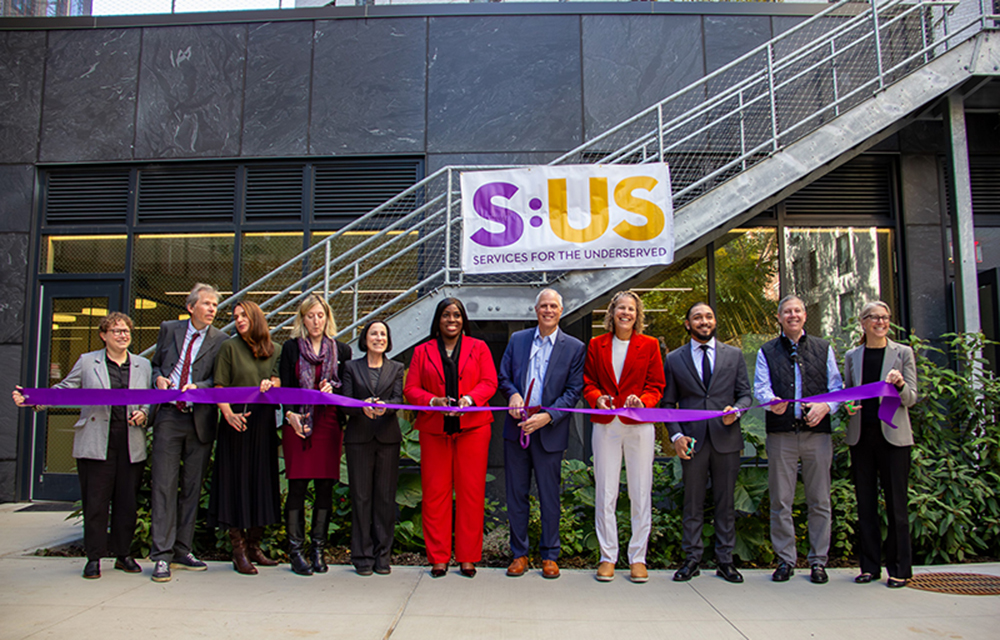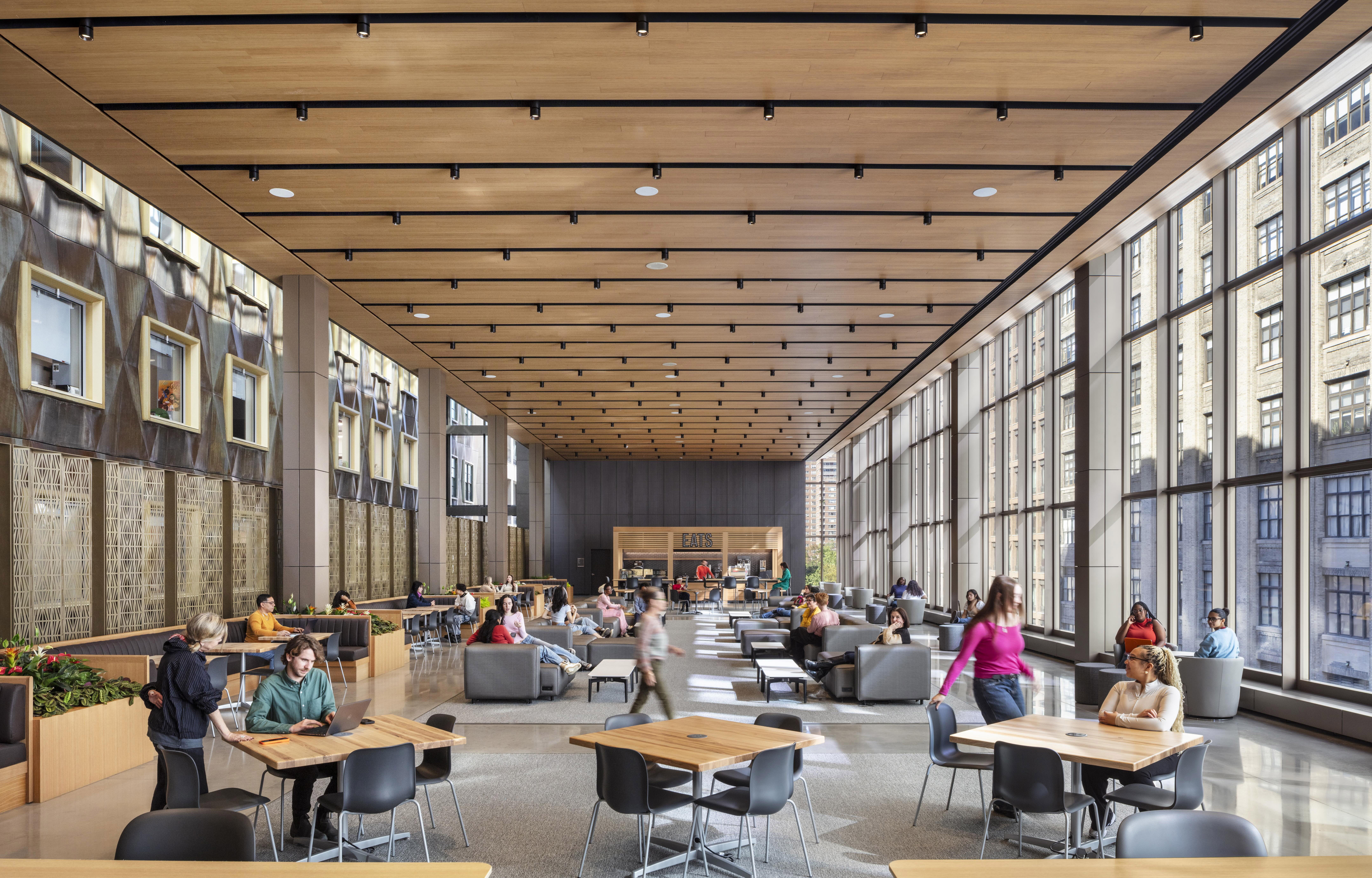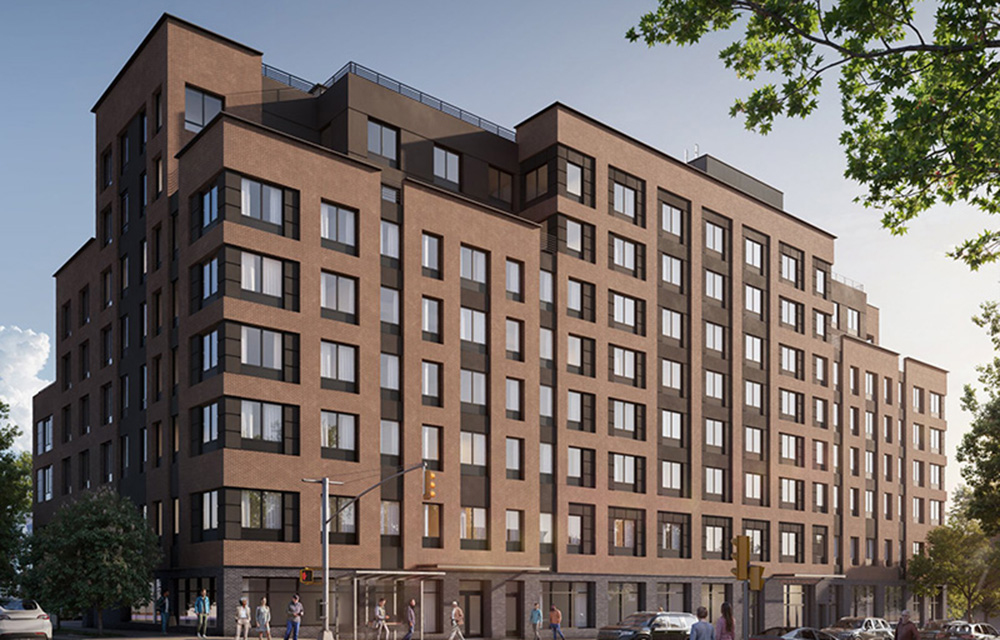News:
Construction Design & Engineering
Posted: December 9, 2013
Where mayor Bloomberg finishes, de Blasio begins
As the pile at Ground Zero was still smoking from the horrendous attack on the World Trade Center a few months earlier, Michael Bloomberg took his oath of office as mayor. Aside from the personal tragedies, New Yorkers were jittery about the future of the city itself. Indeed over the course of that year, New York lost 100,000 jobs.
Twelve years later, Bill de Blasio will become the 109th mayor of the city of New York. As different as de Blasio and Bloomberg are in experience and ideology, so too is the city at these points of time.
Bloomberg inherited a city just coming out of decades of decline. Crime had moderated, and the newly emerging creative economy, as well as tourism, bolstered the city's recovery.
Moving beyond the immediate crisis of 9/11, Bloomberg articulated a doctrine that cost was not New York's value proposition. Rather, he felt that talent led to jobs, and his economic policy was to create places for talent to live, work and play, as well as further reduce crime and attempt to improve education. Thus, rezoning actions have helped transform the waterfront, as with new parks, housing and commercial development.
Beyond this, he embraced the notion of sustainability, advancing good design for the city's own buildings and administering a robust public works spending program, albeit some initiatives, like infrastructure funding through congestion pricing, failed to gain political traction.
By end of his term, the city's population will have grown by 300,000 to a total not seen since the 1950s. Planners project that pace will continue for the foreseeable future.
For Bill de Blasio, the defining challenge is not just nurturing the city's resurgence, but also expanding its reach to those whom prosperity may have left behind. While, unlike other major American cities, New York's percentage of people living below the poverty line did not increase during the Great Recession of the last decade, its homeless population is up by almost 75%.
As crime went down, previously undesirable neighborhoods attracted some of the influx of people moving to New York, resulting in both actual displacement of long term residents priced out of their homes but also the perception of social inequality as new residents moved into pricey new housing, or into existing apartments renovated to a higher standard than the repairs provided to the previous rent regulated tenants.
Mr. de Blasio was elected in large part by promising to address these real and perceived inequities. To do so, he will bet that the city's momentum is sufficiently strong as to weather additional regulatory and economic burdens on development.
He has committed to the creation or preservation of 200,000 units of affordable housing over the next ten years, compared to the Bloomberg 165,000 unit New Housing Marketplace initiative. To accomplish this, he places particular emphasis on "mandatory inclusionary housing," the requirement that developers seeking to obtain discretionary zoning approvals, and possibly all developers in areas upzoned by the city, would be required to put aside at least 20% of the apartments for low-income families, a program which is voluntary now. Whether this will be accompanied by an increase in subsidy remains to be seen, with the mayor-elect currently only referencing allowing greater height and density, and a faster project approval process, as inducements.
On the infrastructure front, Mr. de Blasio has endorsed mayor Bloomberg's analysis and program for addressing the aftermath of superstorm Sandy, as well as the continued commitment to waterfront development. Here too, the new mayor will attempt to address social equality issues, by channeling as much infrastructure funds into impacted neighborhoods as much as possible in order to uplift them economically as well as physically.
His commitment to sustainability builds on the Bloomberg legacy. His transportation policy calls for expanded bus rapid transit for commuting to new job centers in the boroughs, while leaving the jury out on Bloomberg innovations such as bike lanes, pedestrian plazas and new non-Manhattan green taxis.
Building on a strong foundation laid by Michael Bloomberg, his successor will attempt to steer a course where the city's built environment continues to move forward but where more New Yorkers can come along for the ride.
Ken Fisher is a member of the law firm of Cozen O'Connor and municipal affairs counsel to ACEC New York, New York, N.Y.
MORE FROM Construction Design & Engineering
NYC mayor and DOB release comprehensive façade inspection and safety study conducted by Thornton Tomasetti
Manhattan, NY New York City mayor Eric Adams and New York City Department of Buildings (DOB) commissioner Jimmy Oddo released the full recommendations from a comprehensive engineering study conducted by global engineering firm Thornton Tomasetti








.gif)
.jpg)
.gif)
.gif)